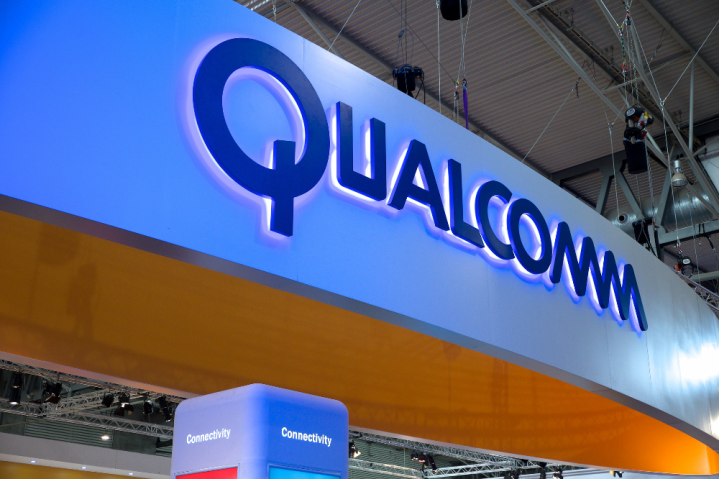
Processor manufacturer Qualcomm has launched two new chips aimed at making security cameras, drones, and robotic vacuums even smarter, thanks to on-board A.I. processing.
Specifically designed to aid IoT (internet of things) devices by taking advantage of so-called “edge computing,” both the QCS603 and QCS605 chips process as much data as possible inside the device itself. This saves time and data transfers, since data doesn’t necessarily need to be sent to a central cloud to be processed. Applications for these new chips include, but are not limited to, various security cameras, wearable cameras, smart displays, drones, and advanced robotics.
Since the requirements for a security camera are different from those for a smartphone camera, the 603 and 605 are specifically geared to a couple of different areas, according to Qualcomm’s vice president of product management for IoT, Seshu Madhavapeddy. Both chips needed to be able to handle extremely low-light situations — as low as 1 Lux, or as much light as you’ll typically see on a cloudless night from the full moon. Secondly — and especially in wearable cameras — it’s about being able to take consistently stable video that can be used to make videos, rather than taking a single blur-less snapshot. Both the 605 and the 603 are capable of handling these requirements.
It seems that both chips will be exceptionally gifted in terms of video. According to Madhavapeddy, the 605 will be capable of handling an excessively large amount of video at the same time — potentially handling a stream at 4K and 1080p, both at 60 frames-per-second. If you need more streams, then it’s capable of running multiple streams at the same time at lower resolutions. The 603 will be lower-powered, but will still be able to stream both a 4K and a 720p video feed at once, at 30fps.
But it’s the A.I. assistance that will likely become key to the flexibility of these chips. Both the 603 and the 605 come with the Snapdragon Neural Processing Engine (NPE) to aid with deep learning. While it’s probable that the actual A.I. learning will still be done in the cloud away from the device, the inclusion of the NPE in the chip will allow developers to quickly and easily port A.I. models created in other tools, and could — for instance — be used to automatically detect certain faces as in Horizon Robotic’s new camera.
Editors' Recommendations
- Qualcomm wants to add these crazy AI tools to your Android phone
- Mobvoi to use Qualcomm’s new chip to make its most powerful smartwatch yet
- Microsoft quits its creepy, emotion-reading A.I.
- New A.I. system could upgrade smartphone cameras
- A mysterious new Intel i7 chip just showed up in tests


